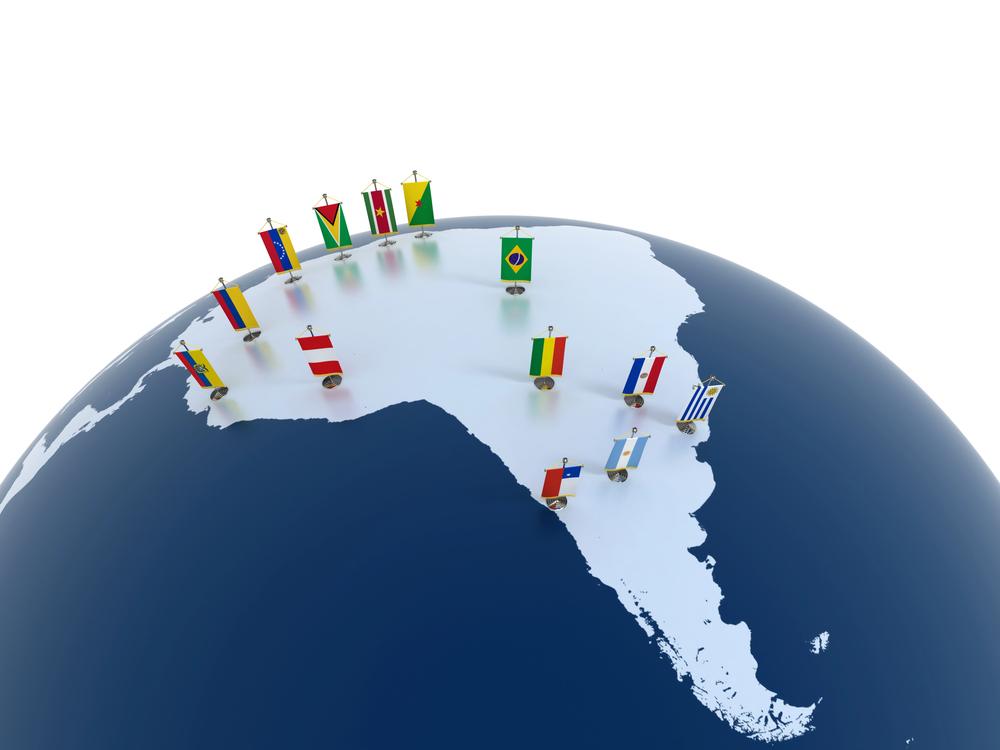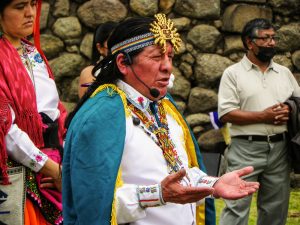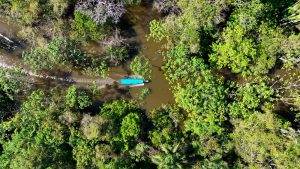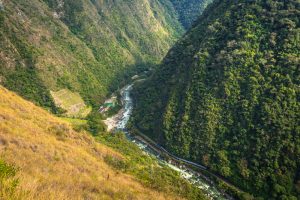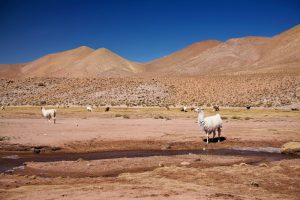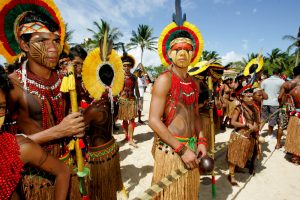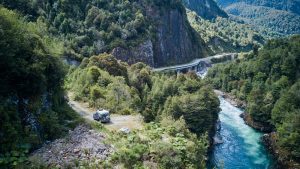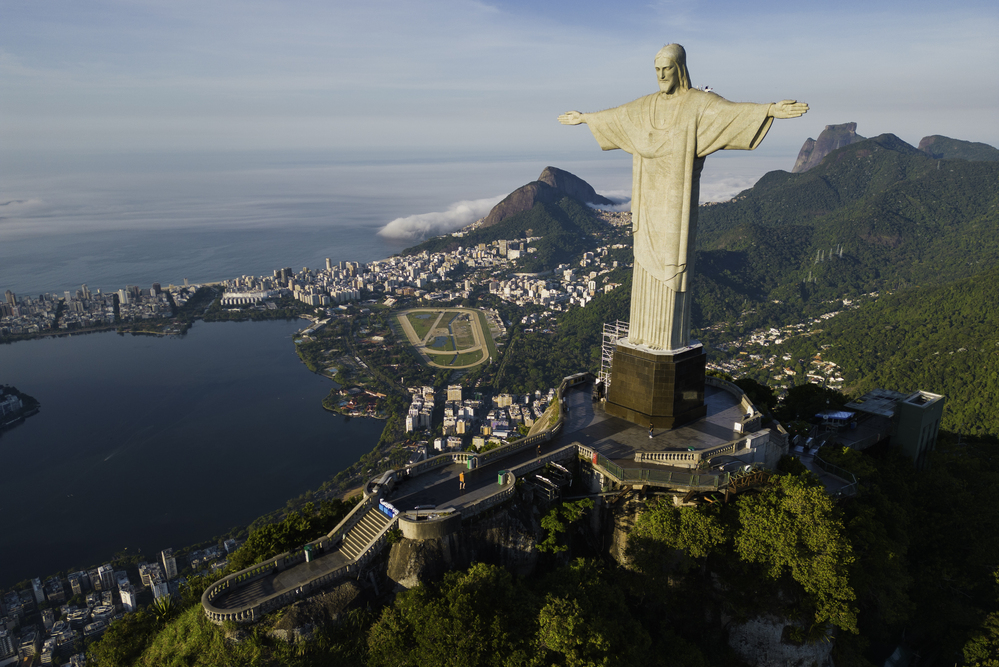South America is a continent filled with natural beauty, vibrant cultures, and a fascinating history. From majestic mountains to paradise-like beaches, the continent offers a variety of experiences for all types of travelers. Whether you’re a nature lover, a history enthusiast, a foodie, or a culture seeker, South America has something unique to offer.
In this article, we will explore the 7 best places to visit in South America, highlighting their main attractions, travel tips, and everything you need to know to plan an unforgettable trip.
South American
First of all, let’s go over some very basic geography. There are five continents in the world, and America is the largest in terms of territory, consisting of three subcontinents: North America, Central America, and South America. The South American subcontinent covers an area of approximately 17.8 million km², representing 12% of the Earth’s land area and 6% of the world’s population. It is bordered by the Caribbean Sea, the Atlantic Ocean, and the Pacific Ocean.
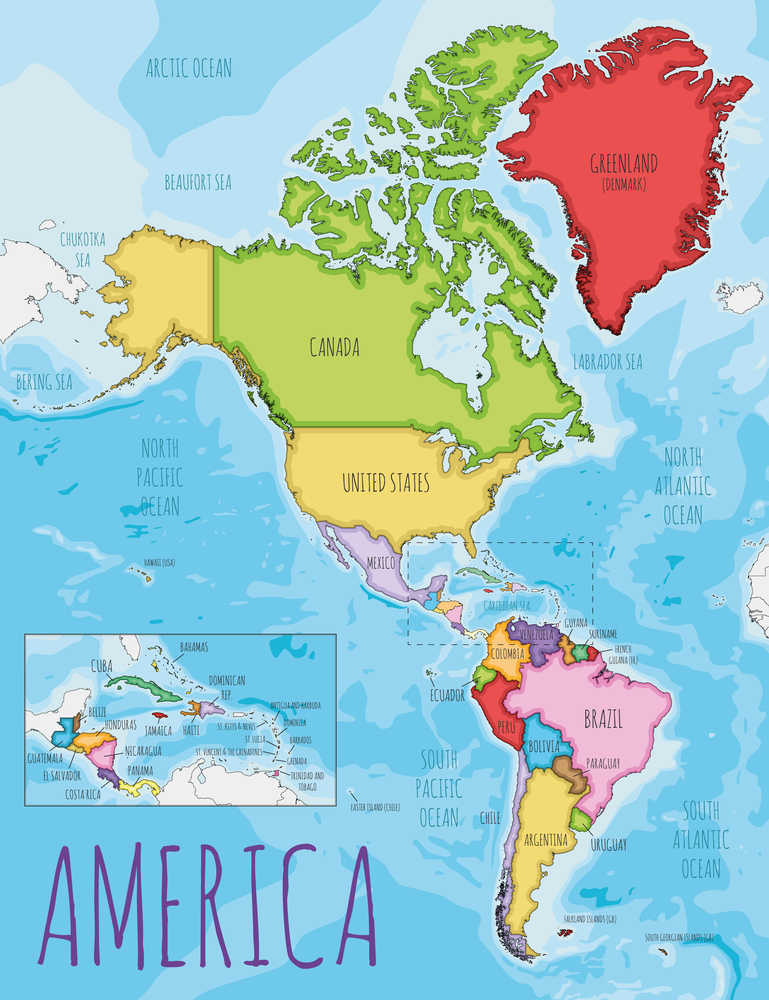
The subcontinent is composed of 12 countries: Brazil (the largest in territory), Argentina, Uruguay, Paraguay, Bolivia, Peru, Chile, Colombia, Ecuador, Venezuela, and Suriname, as well as French Guiana, an overseas territory of France. The region is characterized by diverse geography, ranging from vast tropical forests to snow-covered mountains and stunning deserts.
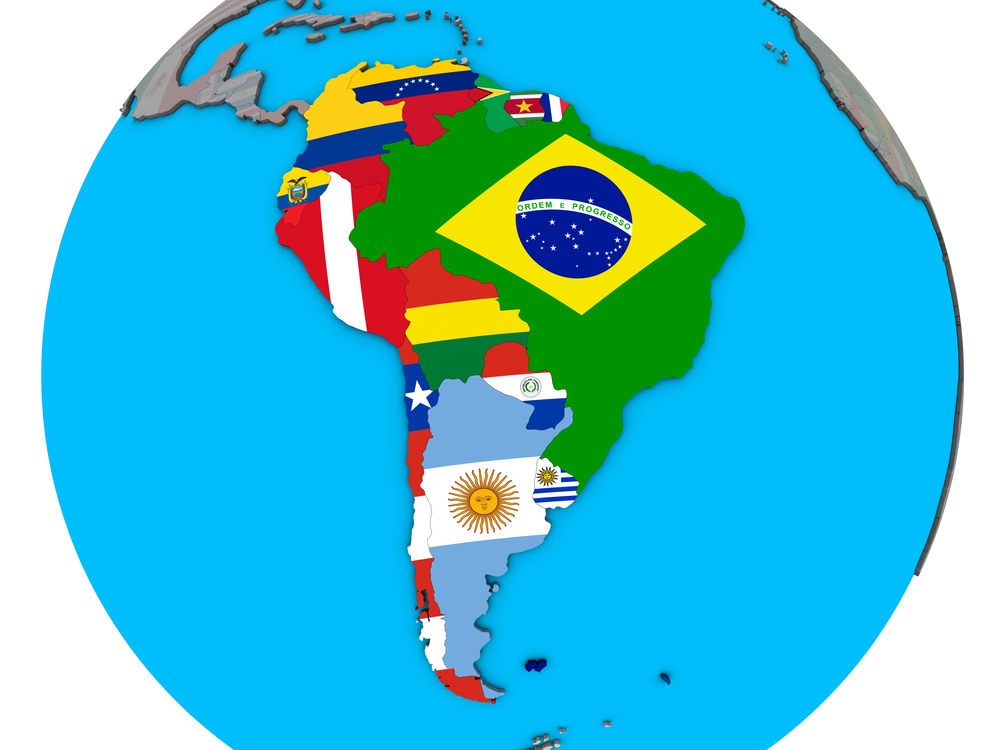
History
The history of South America’s colonization began in the late 15th century when Europeans arrived on the continent in search of new lands and wealth. The first major explorer was Christopher Columbus, who discovered the Americas in 1492. A few years later, the Spanish and Portuguese began exploring and conquering South American territories.

In 1494, Portugal and Spain signed the Treaty of Tordesillas, which divided South America between the two countries. The eastern portion was granted to Portugal, giving rise to Brazil, while the rest of the continent remained under Spanish rule. Other powers, such as the Netherlands, France, and England, also attempted to establish colonies in the region.
Colonization had a significant impact on the continent’s culture, population, and economy. The Europeans brought their languages, religion, and customs while also exploiting natural resources and imposing forced labor on Indigenous peoples and enslaved Africans.
In the 19th century, South American countries began fighting for their independence, which was achieved after numerous battles against the colonizers. Today, South America preserves traces of this history in its culture, architecture, and traditions, making the continent a fascinating destination for those interested in its past.
The continent’s history is marked by ancient civilizations, European colonization, and struggles for independence. Inca ruins, colonial cities, and museums scattered across various countries tell the stories that shaped South America’s identity.
Culture and Nature
South America is a vibrant continent, with each country boasting its own unique identity. The region captivates everyone with its stunning landscapes, rich culture, and fascinating history.
The continent’s natural diversity is astounding. In Brazil, the Amazon Rainforest is home to unparalleled biodiversity, while the Pantanal is one of the best places in the world for wildlife observation. Chile’s Atacama Desert features some of the most surreal landscapes on the planet, and Patagonia, shared between Chile and Argentina, offers majestic mountains, glaciers, and crystal-clear lakes. Additionally, the Andes Mountains, the longest mountain range in the world, stretch across several countries, providing breathtaking scenery.
Culturally, South America is a true mosaic of Indigenous, African, and European influences. In Peru, Machu Picchu keeps the legacy of the Inca Empire alive, while cities like Buenos Aires, Argentina, and Cartagena, Colombia, enchant visitors with their colonial architecture and local traditions. Brazil, with its samba and Carnival, symbolizes the joy and creativity of the South American people.
For those looking to explore South America, with its natural wonders, cultural richness, and deep-rooted history (combined with unique experiences and accessible infrastructure) we’ve listed 7 must-visit places that will immerse you in a world of colors, flavors, and adventures. Whether you’re exploring breathtaking landscapes, discovering fascinating cultures, or diving into history, the continent has so much to offer. It’s an unmissable destination for those seeking authentic and unforgettable experiences!
TOP 7 Must-Visit Places in South America
1. Machu Picchu, Peru: The Lost City of the Incas
Machu Picchu is one of the most iconic destinations in the world. Located in the mountains of Peru, this ancient Incan city was rediscovered in the early 20th century and has since become one of the modern wonders of the world. Recognized as a UNESCO World Heritage Site, Machu Picchu is a testament to the skill and ingenuity of the Incas. Its name means “Old Mountain,” and the ruins sit at an altitude of over 2,400 meters.
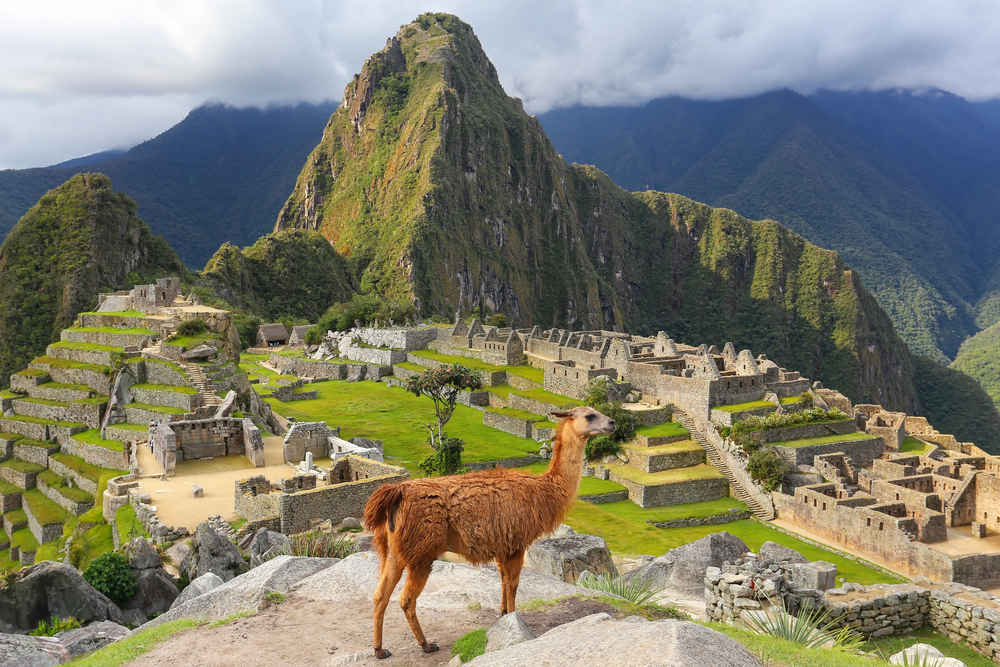
Must-See Attractions:
- Inca Trail: One of the most famous hikes in the world, the Inca Trail takes travelers on a multi-day journey through the mountains to Machu Picchu. The trek is challenging, but the breathtaking views and deep connection with nature make it well worth the effort.
- Huayna Picchu: For adventure seekers, climbing Huayna Picchu offers a stunning panoramic view of Machu Picchu and the surrounding mountains.
- Temple of the Sun: Located at the highest point of Machu Picchu, the Temple of the Sun was one of the most important sites for the Incas. From there, you can enjoy a spectacular view of the entire archaeological complex.
Best Time to Visit:
The best time to visit Machu Picchu is between May and September, when the weather is drier and the trails are more accessible. During the Peruvian winter, temperatures are cooler, making it ideal for hiking, but visitors should be prepared for sudden temperature changes.
Extra Tips:
- Book your tickets in advance, as the number of daily visitors is limited.
- Prepare for the altitude, which may cause discomfort for some travelers.
- If you don’t want to hike the Inca Trail, there are other trekking options and transportation alternatives to reach Machu Picchu.
2. Patagonia, Argentina & Chile: Untouched Nature and Surreal Landscapes
Patagonia is a vast region stretching across Argentina and Chile, known for its dramatic landscapes featuring snow-capped mountains, massive glaciers, and crystal-clear lakes. It is the perfect destination for those seeking adventure and a deep connection with wild nature. This region remains one of the last places on Earth where human presence is minimal, preserving nature in its purest state.
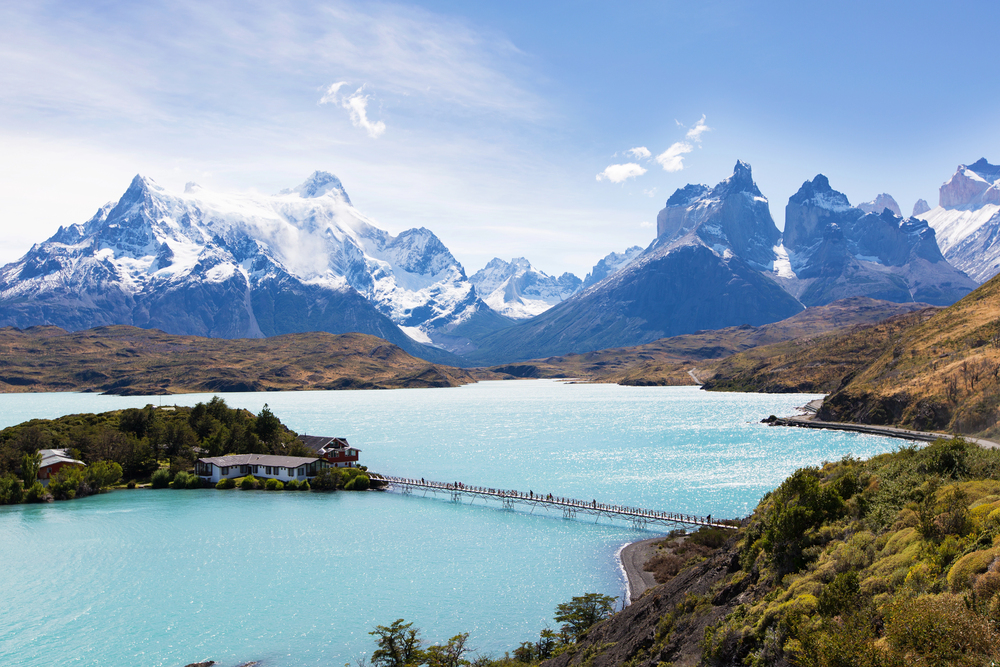
Must-See Attractions:
- Torres del Paine National Park: Located in Chile, this park is famous for its towering granite peaks, vibrant blue lakes, and diverse wildlife, including guanacos and pumas.
- Perito Moreno Glacier: In Argentina, the Perito Moreno Glacier is one of the few glaciers in the world that is still advancing. Watching massive ice chunks break off and crash into the lake is a breathtaking spectacle.
- Ushuaia: Known as the southernmost city in the world, Ushuaia offers a mix of icy landscapes and abundant wildlife, serving as a gateway for expeditions to Antarctica.
Best Time to Visit:
The best time to explore Patagonia is during the summer (December to February), when the weather is milder and conditions are ideal for hiking and outdoor activities.
Extra Tips:
- Be prepared for the cold, even in summer. Bring proper clothing, as temperatures can drop quickly, especially in remote areas.
- Patagonia is a paradise for outdoor enthusiasts, offering activities such as trekking, climbing, and boat excursions.
3. Atacama Desert, Chile: Surreal Landscapes and a Starry Sky
The Atacama Desert is the driest place on Earth, and its landscapes look like something straight out of a science fiction movie. Located in northern Chile, the desert is known for its bizarre rock formations, active geysers, and an incredibly clear sky, making it one of the best places in the world for stargazing. Atacama is the perfect destination for those seeking a unique experience and looking to explore nature in one of the most inhospitable places on the planet.

Must-See Attractions:
- Valle de la Luna: One of the most impressive geological formations in the desert, the Valley of the Moon is famous for its arid, surreal landscapes that resemble the surface of another planet.
- Geysers del Tatio: Home to one of the largest concentrations of geysers in the world, El Tatio Geysers offer a breathtaking natural spectacle, best viewed at sunrise.
- Lagunas Altiplánicas: Located at over 4,000 meters above sea level, these high-altitude saltwater lagoons provide an incredible wildlife observation spot, including flamingos.
Best Time to Visit:
The best time to visit the Atacama Desert is from March to May or September to November, when temperatures are milder and conditions for exploring the region are ideal.
Extra Tips:
- The desert is extremely dry, so it’s essential to stay hydrated at all times.
- Temperatures can vary drastically between day and night, so be prepared for extreme changes.
4. Fernando de Noronha, Brazil: A Tropical Paradise in the Atlantic Ocean
Fernando de Noronha is an archipelago located in the Atlantic Ocean, about 350 km off the Brazilian coast. Considered one of the most paradisiacal destinations in the world, it is famous for its crystal-clear beaches, abundant marine life, and rich ecosystem. Fernando de Noronha is a true paradise for nature lovers and diving enthusiasts.
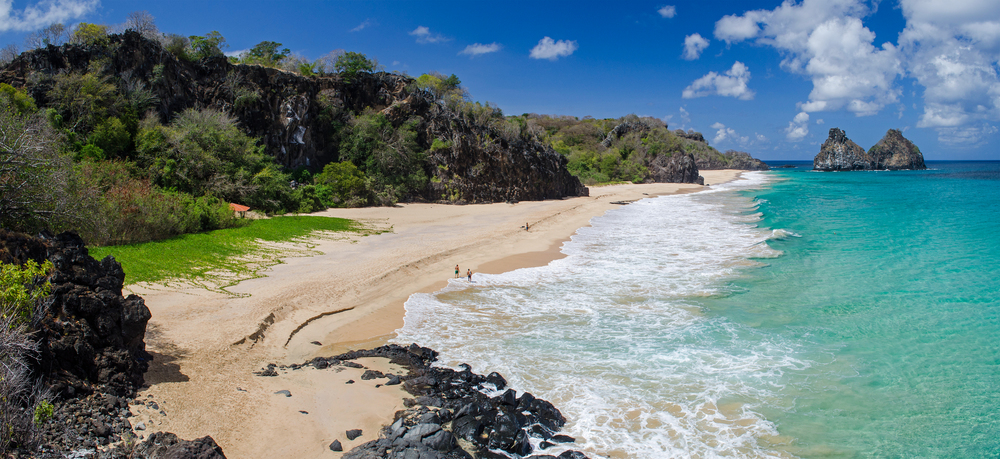
Must-See Attractions:
- Baía do Sancho: Frequently ranked among the most beautiful beaches in the world, Sancho Bay is perfect for swimming and snorkeling, thanks to its crystal-clear waters and abundant marine life.
- Diving with Turtles: Fernando de Noronha is one of the best diving spots in the world, offering the chance to see sea turtles, sharks, and dolphins up close.
- Praia do Leão: One of the most secluded and breathtaking beaches on the island, where visitors can witness sea turtles nesting.
Best Time to Visit:
The best time to visit Fernando de Noronha is between September and December, when the weather is drier and there is less rain. This period is also ideal for diving, as the waters are clearer with excellent visibility.
Extra Tips:
- Fernando de Noronha has an environmental preservation fee, and the number of visitors is limited, so it’s important to book in advance.
- Bring sunscreen and light clothing, as the sun is strong and temperatures remain high throughout the day.
5. Cartagena, Colombia: History, Culture, and Colonial Charm
Cartagena is a colonial city located on Colombia’s Caribbean coast. With its charming historic center, cobblestone streets, and rich history, this city is a must-visit destination for those looking to experience Colombian culture and explore its traditions. Cartagena is also famous for its stunning beaches and vibrant nightlife.
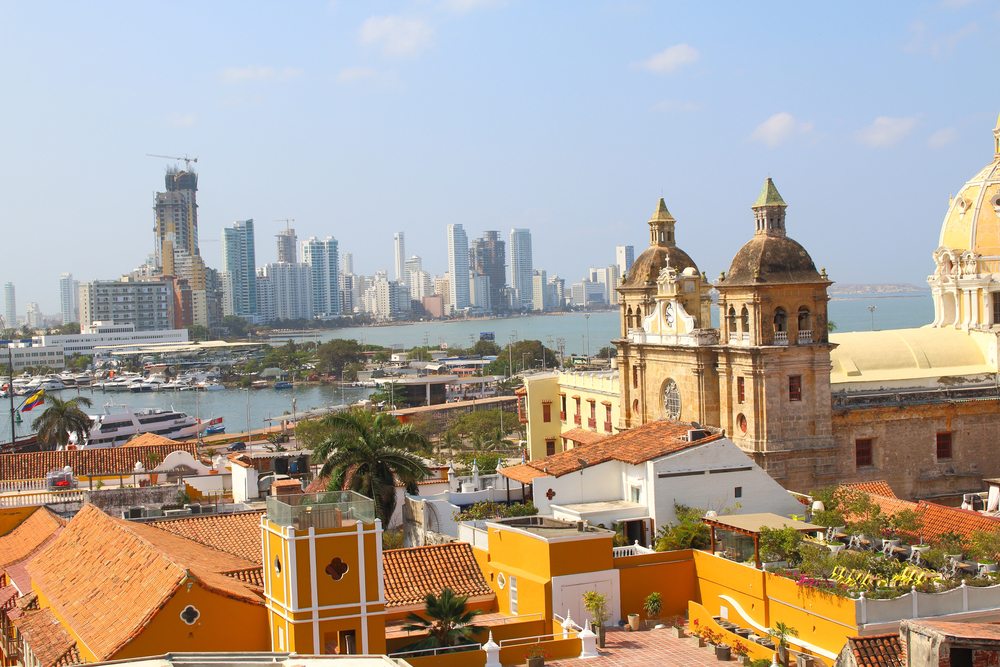
Must-See Attractions:
- Ciudad Amurallada (Walled City): A UNESCO World Heritage Site, the Walled City is the historic heart of Cartagena, featuring colonial fortifications, charming plazas, and beautiful churches.
- Castillo de San Felipe: An impressive fortress built by the Spanish to protect the city from pirate attacks.
- Playa Blanca: One of Cartagena’s most popular beaches, known for its crystal-clear waters and peaceful atmosphere.
Best Time to Visit:
The best time to visit Cartagena is between December and April, when the weather is drier and ideal for outdoor activities.
Extra Tips:
- Try the local cuisine, especially fresh seafood and traditional Caribbean dishes.
- Cartagena has a vibrant nightlife, with many bars and restaurants along the coast.
6. Galápagos Islands, Ecuador: A Wildlife Sanctuary
The Galápagos Islands are a unique archipelago in the Pacific Ocean, renowned for their extraordinary biodiversity. Made famous for inspiring Charles Darwin’s theory of evolution, the islands are a paradise for wildlife lovers. Visitors can swim with sea lions, observe giant tortoises, and explore active volcanoes.
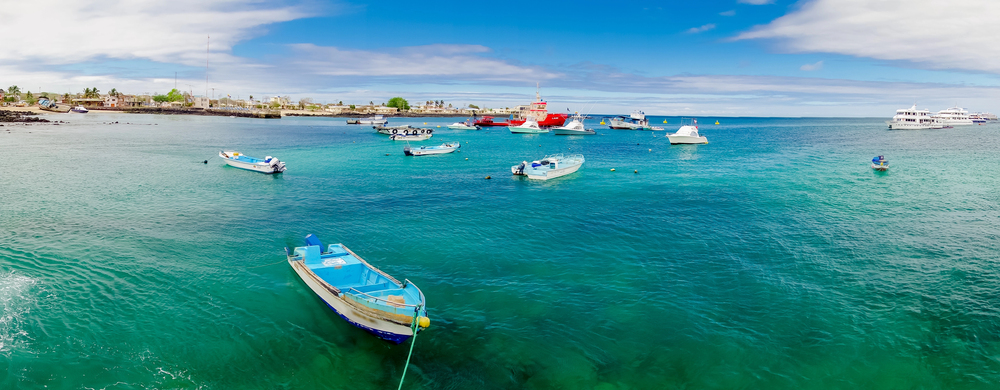
Must-See Attractions:
- Snorkeling with Sea Lions: The clear waters around the islands provide a unique snorkeling experience, allowing visitors to swim with playful sea lions and other marine animals.
- Volcanoes: Galápagos is famous for its active volcanoes, such as Sierra Negra, which offers challenging hikes and breathtaking views.
- Giant Tortoises: The giant tortoises of Galápagos are an icon of the islands and a must-see attraction for visitors.
Best Time to Visit:
The best time to visit the Galápagos Islands is during the dry season (June to November), when temperatures are milder, and visibility for snorkeling activities is better.
Extra Tips:
- The Galápagos Islands have controlled tourism, so it’s essential to book tours and excursions in advance.
- Traveling to Galápagos can be expensive due to conservation efforts and tourism restrictions, so be prepared for higher costs.
7. Salar de Uyuni, Bolivia: Otherworldly Landscapes
The Salar de Uyuni is the largest salt flat in the world and one of the most breathtaking landscapes on Earth. Located in southwestern Bolivia, this stunning destination features vast white salt expanses and unique geological formations. During the rainy season, the salt flat transforms into a gigantic mirror, creating an awe-inspiring visual effect.
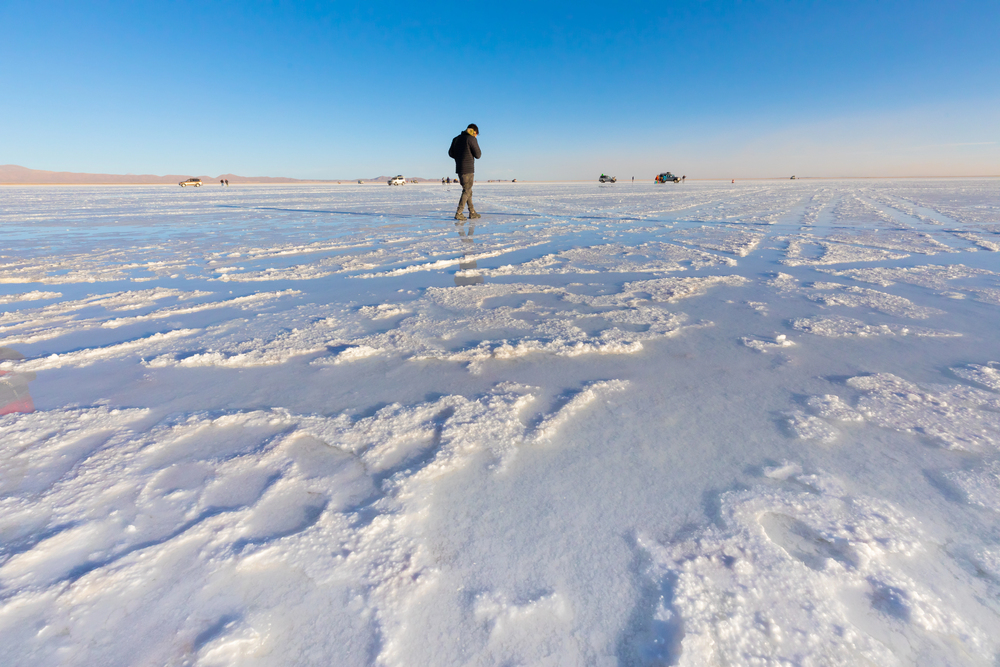
Must-See Attractions:
- Water Mirror Effect: During the rainy season (January to April), the Salar de Uyuni is covered by a thin layer of water, creating a perfect reflection of the sky and surrounding mountains.
- Incahuasi Island: A small island in the middle of the salt flat, covered with giant cacti and offering a panoramic view of the vast white landscape.
- Abandoned Trains: Near Uyuni, there’s a train cemetery where visitors can explore old locomotives left behind from Bolivia’s mining era.
Best Time to Visit:
The best time to visit the Salar de Uyuni is from May to November, when the weather is drier, and the salt flat is fully accessible.
Extra Tips:
- Bring warm clothing, as temperatures can drop significantly at night.
- The high altitude may affect some visitors, so it’s important to acclimate properly before exploring.
Tips for Planning a Trip to South America

O ChatGPT disse:
How to Travel Between South American Countries
The second part of an incredible experience when traveling through South America is the way you get around, and there are several transportation options between countries, depending on your budget and travel style. If you are looking for speed, flights are the best choice, connecting major cities like Buenos Aires, Santiago, Lima, and Bogotá. Low-cost airlines, such as Sky Airline and JetSmart, offer more affordable tickets.

For those who prefer a more economical and immersive experience, buses are a great option. South American bus stations usually have good international connections, especially between Brazil, Argentina, Uruguay, Chile, and Peru. Some well-known companies are Cruz del Sur and Expresso Internacional Ormeño.
Another alternative is to rent a car to explore with more freedom, but it is important to check border rules, international driving permits, and the safest routes.
Choose the transportation that best suits your itinerary and enjoy the diversity of the continent!
Safety and Essential Precautions
Regardless of the destination, it is important to take some precautions to ensure a smooth and safe experience.
When visiting major cities like Rio de Janeiro, Buenos Aires, Lima, or Bogotá, be aware of theft and common scams in tourist areas. Avoid displaying valuables, keep your bag close at all times, and prefer using anti-theft backpacks. Here in Brazil, especially in Rio de Janeiro, we see cases of deaths due to some ride-hailing cars taking dangerous routes (unknowingly, as they are calculated by location apps) and ending up being shot at for entering trafficker neighborhoods. Therefore, it is necessary for the driver to really know the city to offer more safety.
Another essential point is to have travel insurance, especially to cover medical emergencies. Some countries, like Ecuador, require this coverage for tourists to enter. Be cautious of scams in taxis and currency exchange offices. Always use reliable services and avoid exchanging money on the street. Additionally, research the weather conditions of your destination to bring appropriate clothing and avoid unforeseen events.
Budget and Average Costs for Traveling in South America
Traveling in South America can be economical, but the cost of the trip varies depending on the destination and the traveler’s style. Countries like Bolivia, Peru, and Ecuador tend to be cheaper, while Argentina, Chile, and Uruguay have slightly higher prices.

For accommodation, hostels cost between $10 and $30 per night, while mid-range hotels range from $40 to $80. Food is also affordable, with simple meals costing between $5 and $15.
Transportation is another point to consider. Intercity and international bus tickets range from $20 to $80, depending on the distance. Domestic flights can cost between $50 and $200.
To save money, prefer public transportation, budget accommodations, and meals at local markets. With good planning, it is possible to explore the continent without spending much!
Conclusion
South America is an unforgettable destination for any traveler. Whether you seek outdoor adventures, historical sites, or simply want to relax on paradisiacal beaches, the continent offers all these options and more. The places mentioned in this article are just a few of the many incredible destinations you can explore.
Whether in Machu Picchu, the mountains of Patagonia, or the crystal-clear waters of Fernando de Noronha, there is always something new to discover in South America. Get ready to embark on a journey of exploration and beauty, and have a unique experience that will stay in your memory forever.
With planning and a well-defined itinerary, it is possible to visit impressive places without spending much. So, choose your next destination, pack your bags, and embark on this unforgettable journey through the South American continent. Your next great adventure is closer than you think, and don’t forget to share with us everything you explored in our continent!
